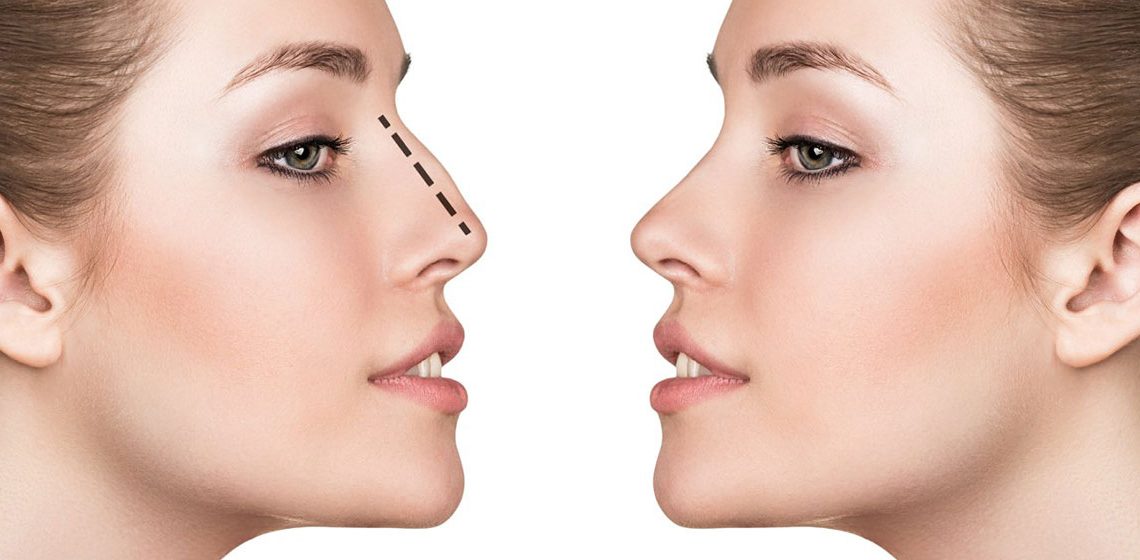As we look towards the next five years, the legal landscape in Singapore is poised for significant changes. From evolving practices in civil litigation defense attorney roles to developments in construction law and medical negligence, legal professionals must stay informed and prepared. This article delves into the future predictions for these areas, offering insights into what legal practitioners and clients can expect by 2029.
1. Increased Emphasis on Technology in Civil Litigation
In the upcoming years, there will likely be a greater emphasis on technology integration in civil litigation. There will be an increase in the use of digital tools for AI-driven legal research, virtual hearings, and evidence management. Defence lawyers in civil action will increasingly rely on cutting-edge software to organise case data, expedite the discovery process, and improve the effectiveness of judicial proceedings. Predictive analytics will be used more frequently to evaluate case results and choose the best course of action.
2. Evolving Standards in Medical Negligence Cases
Medical negligence in Singapore is anticipated to see shifts in legal standards and the approach to patient safety. As healthcare technologies advance, new challenges will emerge, particularly in cases involving telemedicine and AI-based treatments. Courts may begin to set new precedents for what constitutes negligence in these contexts, and medical professionals will need to navigate these complexities carefully. Legal experts predict that the burden of proof in medical negligence cases may become more stringent, requiring more detailed documentation and expert testimony.
3. Growth of Alternative Dispute Resolution (ADR) in Construction Law
Construction law in Singapore is likely to witness a surge in the use of Alternative Dispute Resolution (ADR) methods. As construction projects become more complex and disputes more frequent, stakeholders are increasingly turning to mediation and arbitration to resolve conflicts without resorting to lengthy court battles. This trend is driven by the desire for faster, more cost-effective resolutions and the need to maintain business relationships.
4. Increased Focus on Environmental Compliance in Construction Law
Environmental concerns are becoming more prominent in construction law, and this trend is set to continue. As Singapore intensifies its sustainability efforts, construction projects will face stricter environmental regulations. Legal professionals in the construction sector will need to navigate these requirements, ensuring that projects comply with the latest environmental standards. This shift will lead to more litigation involving environmental compliance, as stakeholders may contest fines, penalties, or project delays resulting from non-compliance.
5. Shifts in Liability and Compensation in Medical Negligence
Over the next five years, there will likely be changes in how liability and compensation are determined in medical negligence cases. As patient expectations evolve and the legal landscape adapts to new medical technologies, courts may revisit traditional compensation models. This could include the introduction of caps on damages or new methods for calculating non-economic losses such as pain and suffering. Medical professionals and legal experts must stay informed about these changes to ensure fair and just outcomes for patients and healthcare providers.
6. Emerging Trends in Construction Defects Litigation
As construction techniques and materials evolve, so will the nature of construction defects and the litigation surrounding them. In the next five years, we will likely see an increase in cases related to new building technologies, such as green construction and modern buildings. These innovations, while beneficial, may introduce unforeseen defects or challenges in meeting regulatory standards. Legal professionals specialising in construction law will develop expertise in these areas, understanding the nuances of emerging technologies and their potential legal implications.
7. Greater Collaboration Between Legal and Medical Professionals
The intersection of law and medicine will become increasingly collaborative, particularly in medical negligence. Legal professionals will need to work closely with medical experts to navigate the complexities of modern healthcare. This collaboration will be essential for building strong cases, whether defending against claims or seeking compensation for patients.
Conclusion
The next five years promise to change civil litigation, construction law, and medical negligence in Singapore. From technological advancements to evolving legal standards, staying informed and adaptable will be critical to success in these areas. Legal professionals must be proactive in embracing these changes, ensuring they are well-equipped to navigate the challenges and opportunities that lie ahead.
Contact Low Law today for more information about future legal trends and how they may impact your case.







